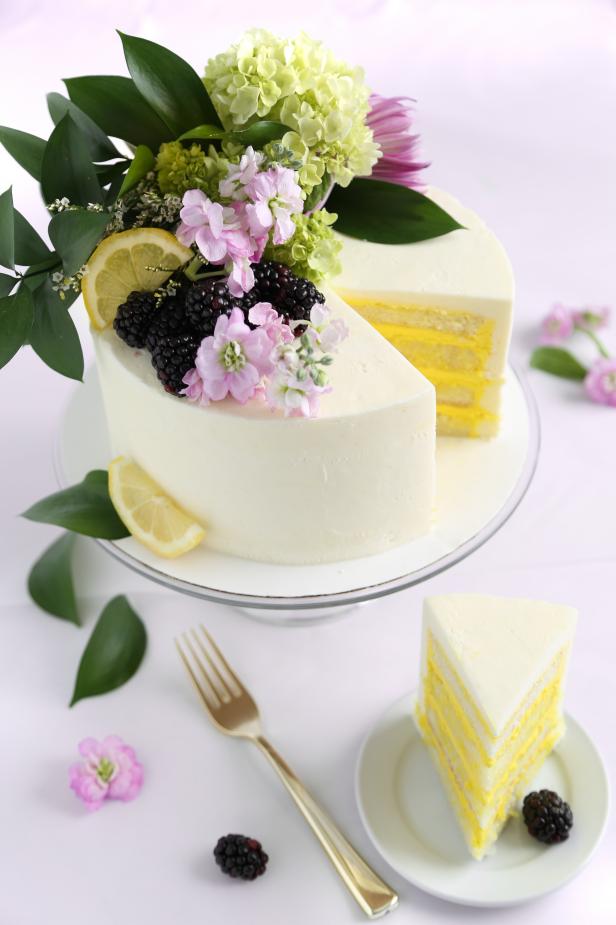Celebrate Like a Royal: Lemon Elderflower Cake Recipe
Harry and Meghan’s royal wedding cake is perhaps the most highly anticipated confection of the year, and it’s sure to be stunning under the trusted hand of Claire Ptak, chef of Violet Bakery. According to an announcement from Kensington Palace, the cake flavors will be lemon and elderflower to ‘incorporate the bright flavors of spring’. We’ve spent some time deep-diving into royal bridal news for descriptions of the impending confection, then whipped up a version for you to enjoy at home (no royal wedding invitation required!). Tradition dictates white frosting on royal wedding cakes, and according to sources, “It will be covered with buttercream and decorated with fresh flowers.”

Heather Baird
White Cake Layer Ingredients
Yield: 12-15 servings
- 3 1/2 cups cake flour, sifted
- 2 1/3 cups granulated sugar
- 4 teaspoons baking powder
- 1 teaspoon fine grain sea salt
- 3/4 cup unsalted butter, cold and cubed
- 1 1/2 cups whole milk at room temperature
- 2 teaspoons lemon extract
- zest of one lemon
- 7 lightly beaten egg whites, at room temperature
Elderflower Syrup Ingredients
- 1/2 cup water
- 1/2 cup sugar
- 1/2 cup elderflower liqueur (such as St. Elder or St. Germaine)
Instructions:
Lemon Buttercream and Decor Ingredients
- 2 cups unsalted butter, softened
- 8 cups powdered sugar, sifted
- 2-3 tablespoons lemon juice
- milk or cream
- zest of one lemon
- lemon yellow food color
- fresh flowers (nontoxic)
- fresh greenery (nontoxic)
- fresh berries
- 2-3 fresh lemon slices
- 2 tablespoons blackberry jelly, melted
Instructions:

Heather Baird
Discover more from ReviewFitHealth.com
Subscribe to get the latest posts sent to your email.